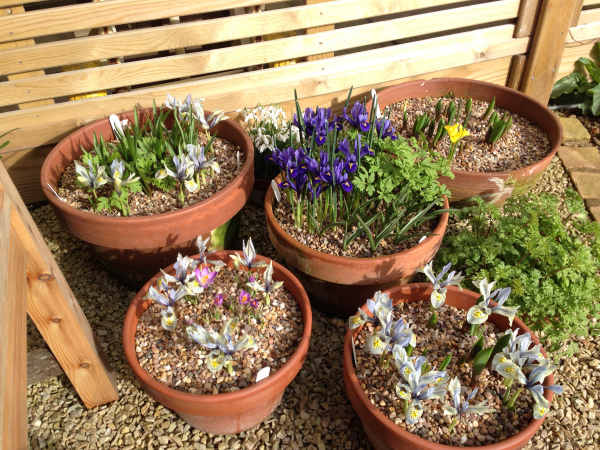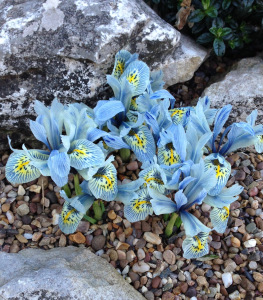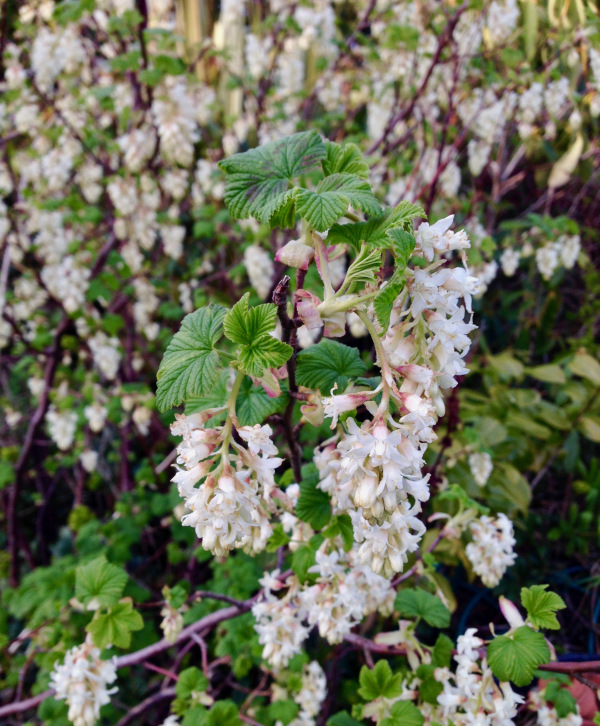The sound of heavy ‘thuds’ hitting our doormat has started as the spring bulb catalogues arrive. 2020 has been a difficult year for all of us and it is clear many people value their garden space much more than before, giving us a sense of calm and a place for the family to be together in the midst of so much uncertainty in the world. Now is the time to plan ahead and think about your spring bulbs choices, and inject colour and interest into your garden with a succession of flowering bulbs over a long period taking you into next summer.
In addition to choosing lots of colour for your garden, you can also easily provide a lifeline to our insects and bees, so vital to our gardens by choosing bulbs and a few key early flowering plants full of nectar and pollen when little else is in flower.
Nothing beats having flowers in your garden on a miserable January day, plant them along your pathways, in containers or by a seat to enjoy. Iris reticulata (with purple, blue or yellow flowers) and Snowdrops (Galanthus) are small and very tough, I have seen them poking their heads through the snow and coping well. Bees love them and gives them crucial food early in the year.
Follow on with spring flowering Crocus. By choosing ‘Species Crocus’ (which have pollen and nectar) not only will you have lovely bright bursts of colour but also help your garden wildlife. Look for C. chrysanthus Snowbunting, C. chrysanthus Blue Pearl, or ‘Print Claus’, or Cream Beauty. Also, C. sieberi Tricolour and C. tommasinianus Barrs Purple. For additional early flowering plants, look at Hellebores, native Primroses, Pulmonarias (Lungworts), Daphnes, Ribes sanguineum, both white and pink flowering ones.
really signal spring is here, from small rockery ones to massed plantings in lawns. Ones to look out for are N. Rijnveld’s Early Sensation, N. February Gold, N. Jetfire, N. Tete a Tete, or if you prefer white flowers have a look at N. Thalia. Don’t forget grape hyacinths (Muscari), Fritillaria meleagris and of course Alliums – all loved by bees. Plant a succession of these bulbs and their colour will take you through from January into summer and at the same time you are supporting all the wildlife in your garden.
If you are interested in supporting our invertebrates, have a look at buglife Buglife have been mapping B-Lines across the UK, routes that connect our best meadows to others enabling pollinators to move around the country. Go to their website and you can check the B-Lines in your area. It is easy to lend a hand to our wildlife, start by choosing pollinator friendly bulbs for your garden.



